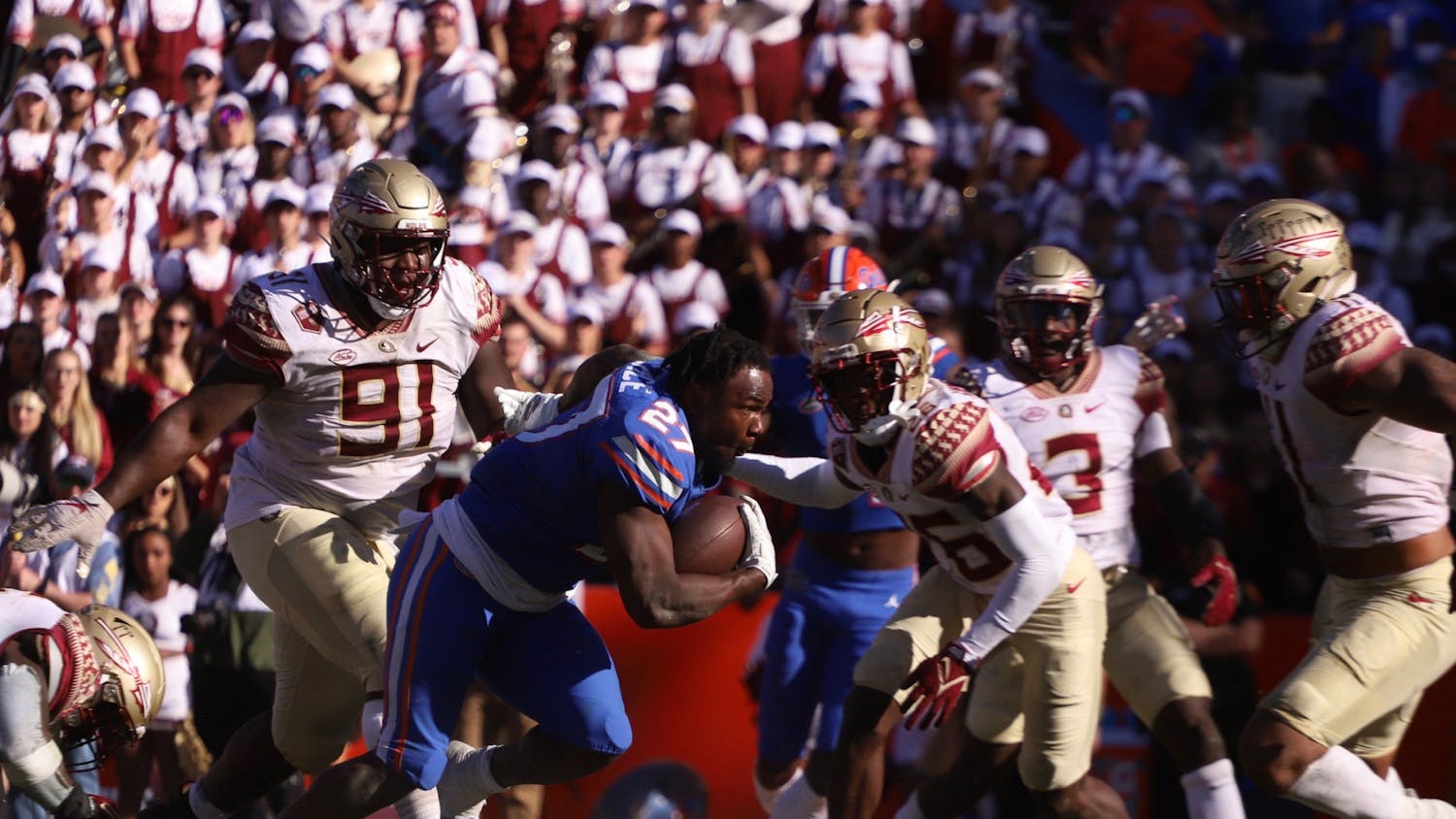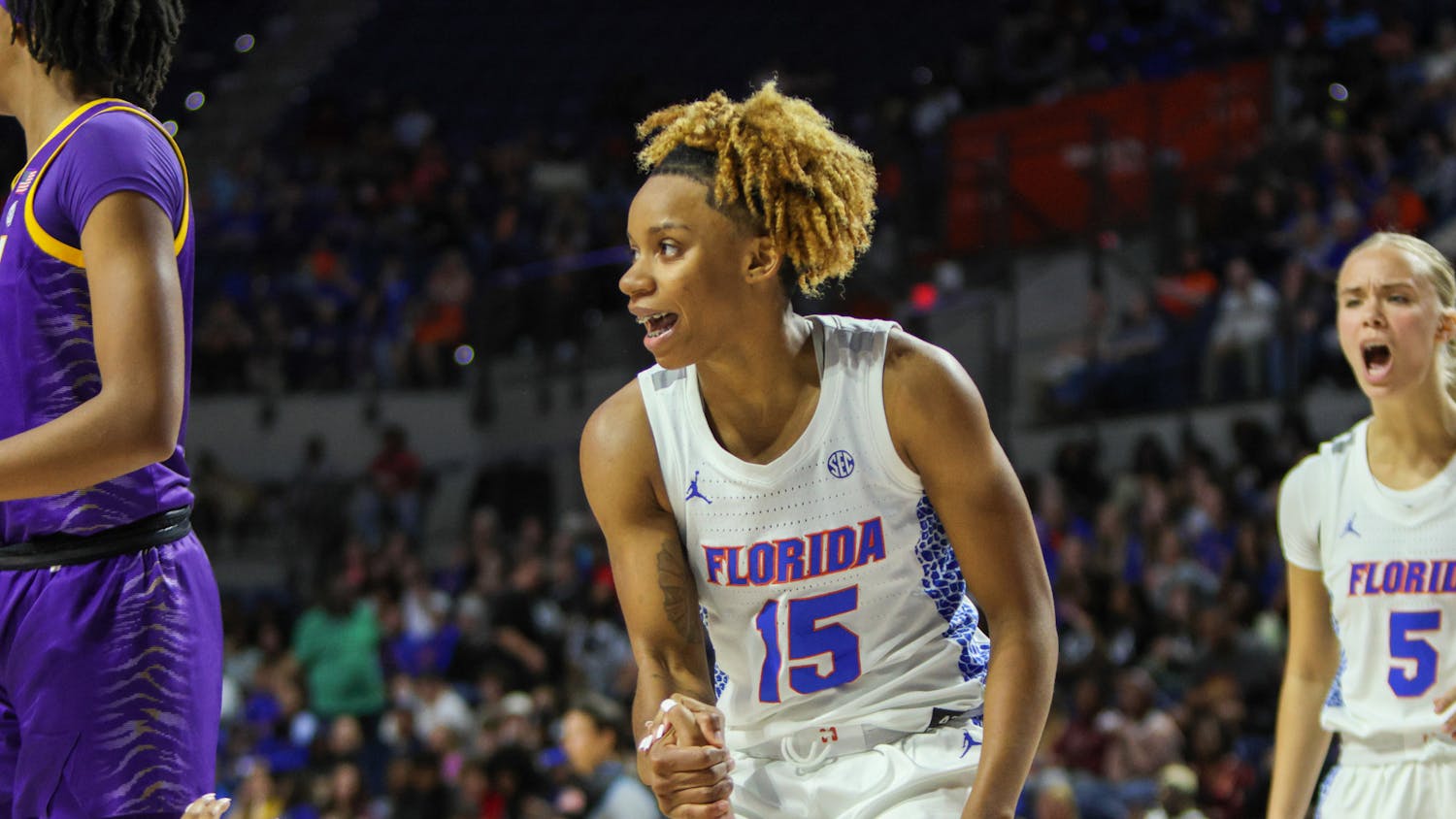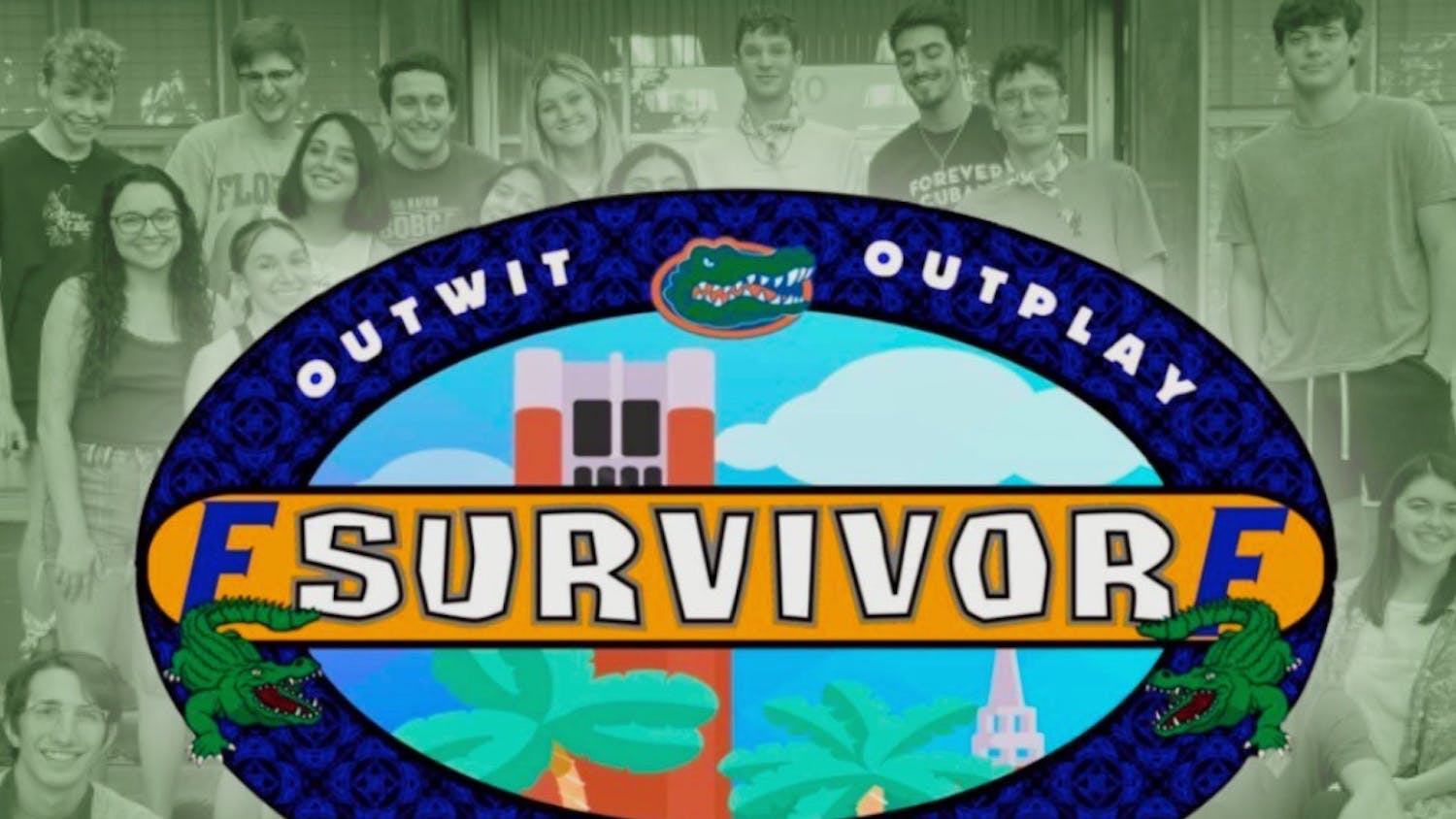Imagine this: You’re a professional football player who just had the season of your life. You outperformed every other player in your position in the National Football League, and the fans have rewarded you by voting to send you off to the NFL Pro Bowl, where the league’s top talent form two teams and play each other.
But this game won’t be played just anywhere. It’s in Hawaii. That means practices under the warm, blue skies, drinks by the pool and did I mention you get paid to be there for the week?
This was a reality for NFL players who were voted into the all-star game until the 2009-2010 season. After holding the game in Hawaii for 30 years, the league decided to move the festivities to the same site as the Super Bowl. The league also voted to hold the game a week before the Super Bowl was to be played, a move that meant those players elected to the Pro Bowl who were also in the Super Bowl the following week could not participate.
The reactions to these changes were, as expected, not good.
Ratings for the Pro Bowl plummeted as fans lost interest, instead looking ahead to the Super Bowl matchup the following week. Those who played in the game did so with a palpable lack of enthusiasm or competitive drive. Moving the game from picturesque Hawaii to the mainland U.S. also did not go over too well, as you might imagine.
Since these changes were first implemented, NFL Commissioner Roger Goodell has demanded more competitive play from his players but has not received much of a response. The game was moved again to Hawaii from 2011-2014 but was moved back to the mainland for this year’s edition of the game.
After Sunday’s Pro Bowl in Arizona, the game is once again moving back to Hawaii for 2016. Why can’t the NFL, one of the most elite and respected sports organizations, make up its damn mind?
I want to make a case for keeping the NFL’s Pro Bowl, but only if it is redesigned to reflect the NBA’s version. The NBA All-Star Weekend attracts thousands of fans from all over the country every year. It is played in a different NBA city each season and held in February, splitting the season in two halves.
This format works for three reasons.
It works because it puts on a show for the fans. The NBA All-Star festivities are held over three days. Friday is all about introducing young talent to the league. It also features the celebrity game, which draws thousands. Who doesn’t want to see Justin Bieber try to play basketball with actors and singers twice his height and maturity?
Saturday night features a slam-dunk competition, shooting contests and musical concerts. Finally, Sunday showcases some of the greatest athletes in the world with the All-Star game. The whole weekend is about giving the fans an experience they will never forget.
The second reason it works is that the players actually want to participate in the game. The game and other events give the NBA’s best a golden opportunity to show off. And let’s be honest, what professional athlete wouldn’t jump at the chance to do so?
The final reason is its placement in the middle of the season. With a grueling 82-game schedule, all NBA players, elected to the All-Star lineup or not, get a crucial week off from practice. This gives them time to rest sore muscles, recuperate from nagging injuries and mentally prepare themselves for the remainder of the season. As an athlete, this week is priceless.
If the NFL took a cue from the NBA’s hugely successful All-Star model and implemented even one of these components, the Pro Bowl would stand a chance at higher television ratings and fan involvement. Goodell and the NFL need to realize that a lackluster All-Star game will impede any efforts to improve upon the satisfaction of its players and its fans.
In the end, it will come down to money as it always does. Is the NFL willing to spend money in order to make it?
Erica Brown is a UF journalism junior. Her columns appear on Mondays.
[A version of this story ran on page 6 on 1/26/2015 under the headline “Modeling the NFL Pro Bowl after NBA"]





